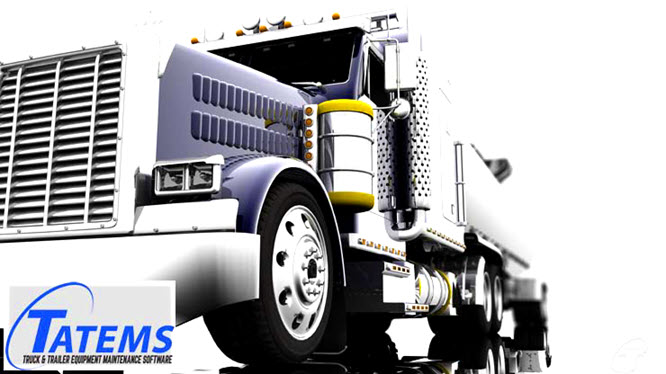Fleet Management Cloud
The fleet manager should know what the fuel costs are for each fleet before they dispatch it. Some fleets charge per kilometer (vehicle distance), while others may charge extra for delivery beyond a predetermined distance. Good fleet management software will automatically account for delivery costs when assigning fleet assignments. However it should also allow you to personalize the priority of this variable depending on your business needs.



